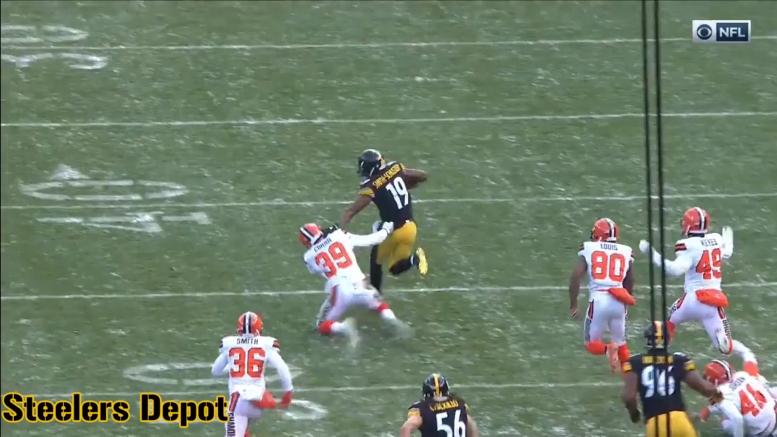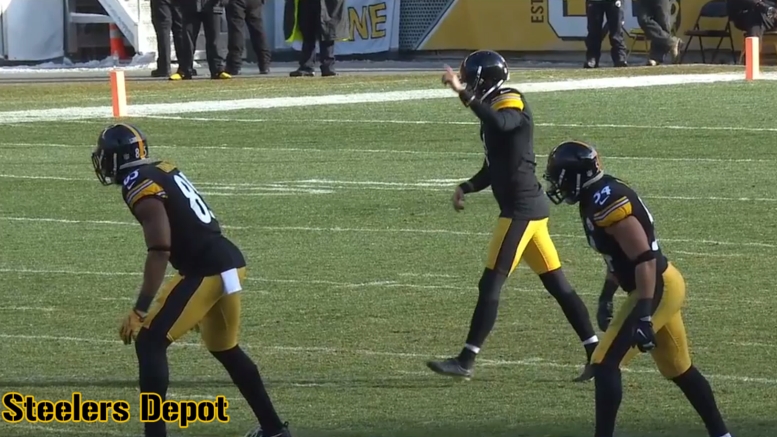While some are lamenting the slow death of the kickoff, and even the game of football as a whole, I personally find myself intrigued to see how the new kickoff rules are actually going to look come September—actually, come August, because we’ll be seeing it tested in the preseason as well.
One of the biggest complaints that fans have had about the recent changes to the kickoff, most especially moving the kicking line to the 35 and making a touchback come out to the 25, was that it had become a boring and predictable play because the significant majority of them ended in touchbacks. There were even many saying that the opposing offense should just get the ball at the 25-yard line and be done with it.
Last season, 23 of 32 teams saw at least half of their kickoffs produce touchbacks. The Carolina Panthers went as high as 85 percent, while only one team was lower than 40 percent. 24 of 32 teams also had more than half of their kickoffs end in touchbacks in 2016, with two teams lower than 40 percent. Compare that, for a random example, to 2010. Not one team was north of 50 percent. Only two teams were even north of 30 percent.
The NFL is actually hoping that the changes to the kickoff will produce more returns, and fewer injuries. And I do think that is a realistic outcome for the play based on how the rules have changed. On paper, it does sound safer to have eliminated much of the risk of high-speed collisions, overpowering blocks, outnumbered sides, and blocks to unprotected or unprepared players.
Vice President of Football Operations Troy Vincent told Mike Florio of Pro Football Talk that he—and by extension, the league—believes the new rules “will encourage more kickoff returns and a more explosive play”. He added, “we think it’s a better play today”.
The league held a summit earlier this month to discuss the future of the play that included players, current and former, officials, coaches, and owners. Their task was to find an alternative to the current play that might even be a better alternative. Perhaps they’ll have actually achieved that, but only time will tell.
Vincent added that the NFL is not worried about the potential for increased returns because of the extent to which they believe they have improved its safety. “What our data has said is most of those head injuries occurred up in that first 15 yards, which we call the no-blocking zone”, he said.
“The short sets, the quick sets, the blindside blocks occur in those areas, so we believe it will reduce some of the unnecessary risk that we’ve seen in the past.
As part of the new rule, eight of 11 players on the receiving team must line up within a 15-yard ‘setup zone’ that is 10 yards distant from where the ball is kicked, and no player may engage in a block in that zone until the ball has been fielded or touches the ground.







